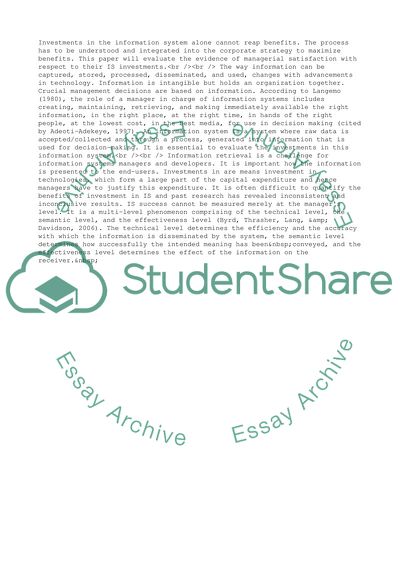Cite this document
(Strategic Management of Information Systems Essay, n.d.)
Strategic Management of Information Systems Essay. Retrieved from https://studentshare.org/management/1704747-strategic-management-of-information-systems
Strategic Management of Information Systems Essay. Retrieved from https://studentshare.org/management/1704747-strategic-management-of-information-systems
(Strategic Management of Information Systems Essay)
Strategic Management of Information Systems Essay. https://studentshare.org/management/1704747-strategic-management-of-information-systems.
Strategic Management of Information Systems Essay. https://studentshare.org/management/1704747-strategic-management-of-information-systems.
“Strategic Management of Information Systems Essay”, n.d. https://studentshare.org/management/1704747-strategic-management-of-information-systems.


